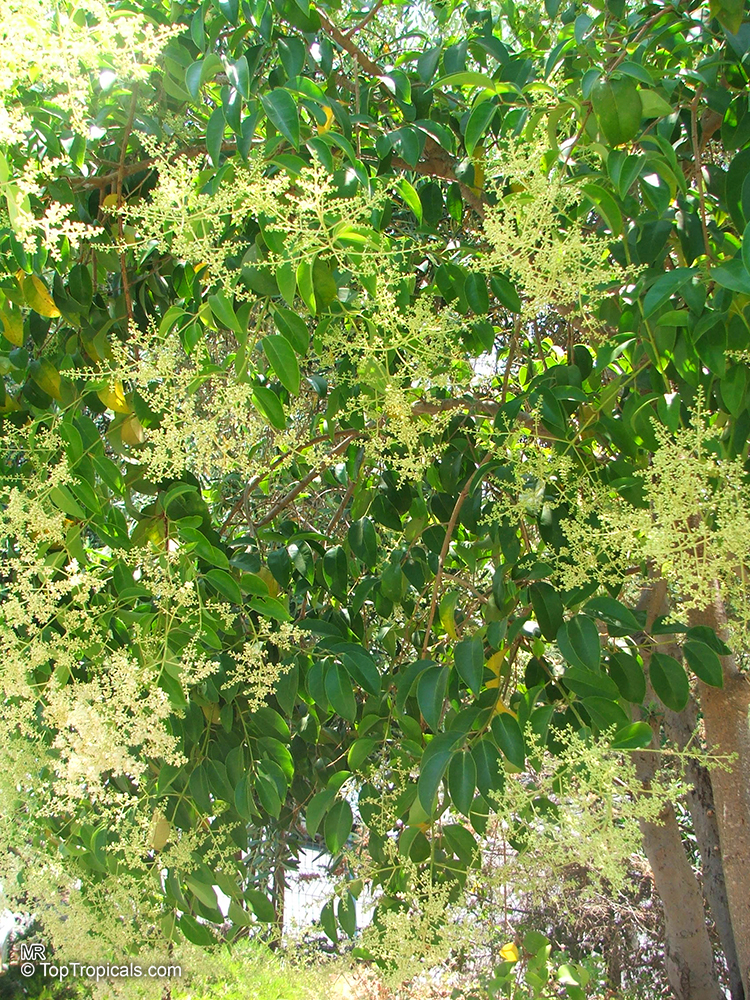Ligustrum lucidum (Glossy Privet)
Top Tropicals Plant Encyclopedia
Botanical name: Ligustrum lucidum
Common names: Glossy Privet, Waxleaf Privet
Family: Oleaceae
Origin: China, Korea and Japan












Glossy Privet (Ligustrum lucidum) is native to China, Japan, and Korea and is a popular choice for bonsai enthusiasts due to its ability to easily grow as a large shrub or small tree. Reaching between 5 and 10 feet tall in shrub form, and 10 to 20 feet tall as a small tree, Glossy Privet requires full sun or semi-shade and moderate water in dry conditions. In warmer climates, a sheltered location may be advisable to prevent damage from heat.
The plant bursts into life in late spring, with small white or off-white clusters of fragrant flowers that will attract both butterflies and hummingbirds. Ligustrum lucidum has a number of ethnomedical uses and is considered medicinal in some parts of the world. It should be noted however, that the plant is considered highly invasive in some areas, and is generally regarded as being poisonous or toxic if ingested.
It has proven hardy to USDA zones 8 to 10, however it is best grown in colder regions as a container plant or in a sheltered location. Growing and caring for Glossy Privet in colder regions requires some special attention. For best results, it should be grown in a pot that can be moved indoors when temperatures dip below freezing. The plant requires light pruning to encourage dense growth, as well as regular fertilization during the spring and summer months. Be sure to keep the soil moist, but not wet, and cut out any dead or diseased branches.









